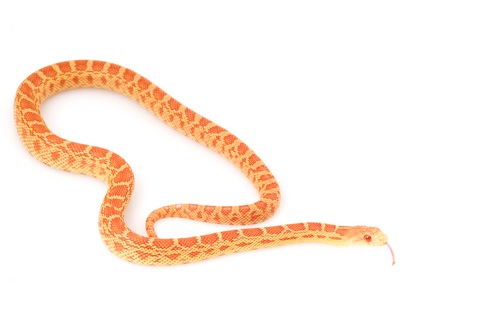

The scales reflect shades of blue, green, and even purple. They have purines in their scales, resulting in an iridescent finish. The distinct pattern is covered in bright orange and outlined with staunch black.Įxpert Tip: In the right lighting conditions, you might see your snake shimmering. This is accompanied by crescent-shaped patched. The main background color is usually maroon or mauve. There’s a reason why these snakes are called “Rainbow Boas!” Their bodies are noticeably more vibrant than some other species out there. Failing to meet their needs could lead to disease or an early death. Captive snakes depend entirely on high-quality care in order to reach their average life expectancy. Some snakes have reportedly lived up to 50 years, but those cases are very rare (and not all are confirmed).Īs always, there’s no way to guarantee a long lifespan. With proper care, these snakes can be a part of your life for several decades! The average lifespan of a Brazilian Rainbow Boa is about 25 years in captivity.

This isn’t obvious when they’re young, but you can definitely notice the difference in adults. You might see Brazilian Rainbow Boas that only reach lengths of four feet or specimens that are closer to seven feet!Įxpert Tip: Generally, females are a bit bigger than the males. That means these creatures tend to be a bit more manageable. However, they’re considerably smaller than some other popular species in the trade. This is one of the many reasons why these snakes are a good choice for less-experienced owners. The average Brazilian Rainbow Boa size is around five to six feet in length when fully-grown. However, the easy-going temperament of this species makes it a good contender even for those with little snake experience.

Some consider the Brazilian Rainbow Boa to be a snake that’s best for seasoned reptile keepers. Regardless of where it comes from, these snakes do very well in captivity. They’re often mistaken for the Colombian rainbow due to their similar appearance. Most often, these snakes live in South American rainforests surrounding the Amazon River Basin.


 0 kommentar(er)
0 kommentar(er)
